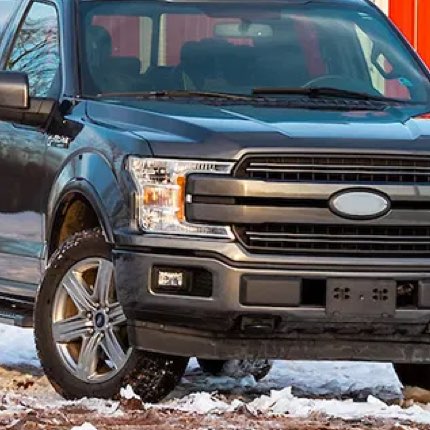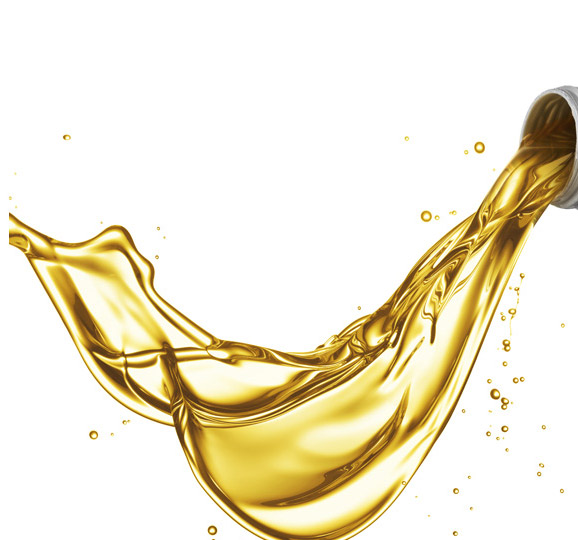Most people would rather ride than wrench on their bikes, but there are some dirt bike maintenance tasks that should never be skipped. A dirty and poorly maintained bike will inevitably fail, leaving you stranded in the best-case scenario. Routine maintenance ensures your dirt bike works correctly, which helps you stay safe and retain the value of your investment.
Maintenance task may differ depending on the model and whether it is a four-stroke or two-stroke engine. For instance, some four-strokes use the same oil to lubricate both the gearbox and engine while others use separate oils. On the other hand, two-stroke dirt bike gear oil is separate, because the engine oil is mixed with the gas.
Read the manual
The first step of any maintenance project should be a review of the owner’s manual. Not only will it inform you the precise year, make and model, which ensures you order the correct parts, but it will also tell you how often to perform each maintenance task and the recommended products to use, including the volumes required for any lubricants. Let’s walk through some basic dirt bike maintenance items that should be performed regularly.

Cleanliness
Washing your dirt bike after every ride prevents dirt and grime buildup. A simple garden hose and a bucket of hot water with some dish soap, a sponge and a bristle brush will work wonders. Put a plastic bag over the exhaust to keep water out.
If using a pressure washer, never point it at bearings, linkages, hoses, seals or fluid compartments, including the chain, airbox, spark plugs and oil reservoir. Your engine will thank you for not introducing water to the combustion process.
To reduce the amount of dirt and grime that sticks to your bike, be sure to pretreat parts that don’t contact your body with AMSOIL Mudslinger. For a quick clean and polish without a full wash try Miracle Wash Waterless Wash and Wax Spray. And for the greasier jobs, keep a can of AMSOIL Heavy-Duty Degreaser on hand.
Wash the bike top down, using a sponge or microfiber cloth on plastic parts and the brush for greasy, grimy, hard-to-reach spots. Dry the bike thoroughly then inspect it for anything leaking, loose or out of place.
Loose bolts
Bolts and screws can work loose due to vibration while riding. Carefully inspect and tighten bolts using a torque wrench to ensure they are at spec and not under- or over-tightened. Consider adding a drop of thread locker to any worrisome bolts.

Fluid leaks
Fuel, oil, brake and clutch fluid, coolant and fork seal leaks may occur when your dirt bike is subjected to rough terrain. Check around fill and drain plug seals and around the motor and tanks after every ride, and don’t forget to look for telltale signs on the ground. Replacing seals and plugs and repairing punctures is a lot easier and more cost effective than waiting for the component to fail outright.
When the fluids need replacing, be sure to use AMSOIL dirt bike products for optimal performance and reduced wear and tear on your bike.
Lubrication
Because dirt bikes are exposed to extreme environmental conditions, lubricants need to be changed more frequently than on a street bike. Change engine oil, gear oil and clutch and brake fluid per the manufacturer’s recommendations to ensure smooth operation and to extend engine and component life.
Use grease around the air filter, seals, bearings and sprockets to reduce resistance and to help protect them from water, dirt and sand intrusion. Due to heavier use, brake and clutch fluids also require more frequent changes on a dirt bike, and at the very least every two years. Coolant levels should also be routinely checked and topped off as needed.

Chain
Check your chain for proper tension, which should be loose enough to compensate for wheel travel, but not so loose that it comes off the rear sprocket. Don’t forget to lubricate the chain so it moves freely and doesn’t rust.
Air Filter
A clean air filter protects your engine from harmful particles and debris and improves your dirt bike’s performance. A simple bath in water is often enough, but you can also use some household detergent or an aerosol air filter cleaner. After it dries, add a coat of air filter oil to further protect the air filter. If the air filter is beyond cleaning, go ahead and replace it.

Tires
Tire pressure is an integral part of motorcycle safety, and the correct pressure varies with different terrain and styles of riding, generally requiring lower pressure for softer terrain and higher pressure for single-track and other hard-pack trails. Also check for wear and damage to the tires before every ride.
Cables
Throttle, clutch and brake cable condition is paramount to the safe control of your dirt bike. Check all the cables for smooth operation, adjust as necessary and promptly replace worn or damaged cables.











Comments
AMSOIL Technical Writer and 20-year veteran of the motorcycle industry. Enjoys tearing things apart to figure out how they work. If it can’t be repaired, it’s not worth owning.
Share: